
7 minute read
Lesson 1.2: The media and careers
Lesson 1.2: The media and careers
Introduction
This lesson focuses on the media of television, in particular soap operas and teleserials. We also look at how the media uses this genre as communication channel.
THE MEDIA
Media refers to any communication channel that disseminates news or information in both print and digital formats. Mass media refers to any means of communication (media) that reaches large numbers of people. Advertising, cinema, broadcasting (radio and television), print media and digital media (social media, video channels, etc.) are all examples of mass media.
Theinfluenceofthemediaremainsacontentiousissueasithasadvantagesanddisadvantages. One advantage is the rapid spread of news and information through news channels, whether on TV or via print or electronic media. People are exposed to events from every corner of the world and it gives them access to various cultures, social and political systems and traditions. The media keeps us informed about new discoveries, advances in science, politics, entertainment and sociology.
In contrast, the media may cause mass hysteria by spreading ‘fake news’. Fake news is a new termfindingitswayintoeverydayconversations.Thistermrelatestofabricatednews,hasno basis in fact but is presented as being factually accurate. Along with the emergence of fake news comes internet bots and trolls that contribute to misleading stories on various platforms such as Twitter and Facebook. The media has also long been the subject of scrutiny when it comes tochildrenandtheirconsumptionofviolenceonTV,infilmsandincomputergames.Younger viewers often fall victim to the media’s negative influence using propaganda, advertising and negative role models. Exposure to the media must be managed and those who are vulnerable protected from any possible negative effects.
Do not simply believe everything you read or see - verify the facts and use credible sources.
SOAP OPERAS
Where did it all begin?
During the 1930s, American radio dramas became more popular. Afternoon broadcasts of these dramas were aimed at a predominantly female audience. Radio executives managed to secure advertiserstoincreasestationratingsandprofits.Theadvertisementswerecleverlyaimedatthe target audience (housewives) and mostly promoted household goods such as cleaning agents.
Consumer goods corporations, such as Procter & Gamble and Lever Brothers sponsored radio dramas. One such drama was Ma Perkins, which told the story of Ma Perkins, who owned and operatedalumberyard,andherinteractionswiththelocalcommunity.Itwasoneofthefirst sponsored radio dramas. The corporations quickly realised the size and potential buying power of their target market and began producing their own radio dramas, expanding its broadcast coverage area from regional to national radio stations. They even took it one step further by branching out into television serials, such as As the World Turns (1956 – 2010) and Guiding Light (1952 – 2009). The advertising of ‘soap’ products became forever associated with radio dramas and eventually with television serials.
It is important to look at how soap operas tell their stories. What is their narrative structure and how is it different from cinema or other television dramas?
Fig. 1.10: Ma Perkins radio soap opera
Visit bit.ly/2F169JJ to listen to extracts from Ma Perkins.
Story structure
Soapies have a continuous open narrative, with each episode ending with a promise that the storyline will continue in the next episode. Soapies can be described as melodramatic, spending ample time on introducing and establishing characters. Only one episode is usually broadcast per day, meaning the time spent on the dialogue and development of the storyline is longer and slower than that of a film or TV drama. Often, soapies switch between several narrative threads which sometimes interconnect and affect one another. One of the reasons soapies carry on for years and remain interesting to the audience, is because the various narrative threads (or storylines) do not reach a conclusion at the same time. The writers often include just enough suspense to ensure the audience continues watching.
Multiple protagonists
Soap operas or teleserials have multiple protagonists; each one is as important as the other. Hour-long soap operas typically have 15-20 central characters, many more than the average movie or TV drama. Soap opera casts are the largest of any programme on TV. There are two reasons for this: firstly, the high number of characters means that one character is not more important than another - and indeed they come and go very quickly in some instances. Secondly, most soap opera actors work under contract which can be cancelled if they do not attract enough viewers. Multiple characters also allows for a web of storylines and intrigue.
Exposition and narrative enigma
Every episode begins in medias res - this means the story has already begun. Every episode begins in the middle of the plot. Viewers are ‘dropped’ in the middle of a complicated storyline that may have begun months even years ago. A soap opera thrives on narrative enigmas - they are its foundation. Some enigmas include: y Will Joan get custody of her baby? y Did Amanda push Betty down the stairs and what is Amanda’s evil mother up to? y Will Keith and Sally make their fake marriage real? y WhenwillJohnandBertfindouttheyarebrothers?
If one enigma is solved there are still many others that remain and drive the story.
Storylines and characters
Most soapies are built around the lives of a group of characters – sometimes a large extended family – who live and work in a particular place. The storylines follow the day-to-day activities and personal relationships of these characters, set in familiar domestic interiors with only occasional excursions to new locations. Market research indicates that the audience prefers familiar settings and relates better to the characters in their everyday environment.
Most soapie storylines rely on intense romance, extramarital affairs, deep-seated hatred, secret relationshipsandintricatealliances.Thestorylinesincluderelatable,butinflatedeventssuch as disrupted weddings, childbirths and unexpected calamities, paired with elements such as coincidences, missed opportunities, last-minute rescues and deus ex machina endings. Deus ex machina means ‘god from the machine’, but has evolved to refer to a dramatic plot device, whereby a seemingly unsolvable problem is suddenly and abruptly resolved by the unexpected intervention of some new event, character, ability, or object.
Typical soap opera characters differ from country to country, with the USA focusing on glamorous, wealthy and attractive types, making them less realistic. The US TV industry is based on the movie business – stars, brands and (sometimes) over the top concepts while TV in the UK is based more on the theatre and literature – the author’s voice, Dickens and Shakespeare.
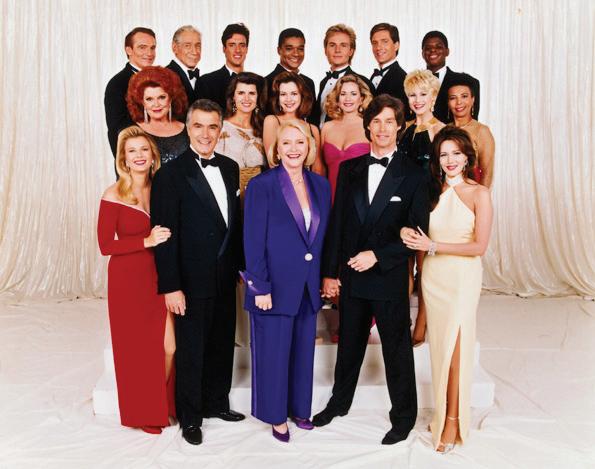
Fig. 1.11: The cast from the popular American soap opera, The Bold and the Beautiful
The United Kingdom and Australia prefer characters from working class environments, addressingissuessuchasfamilydisagreementsandmaritalandfinancialproblems.Theseare viewed as more realistic.
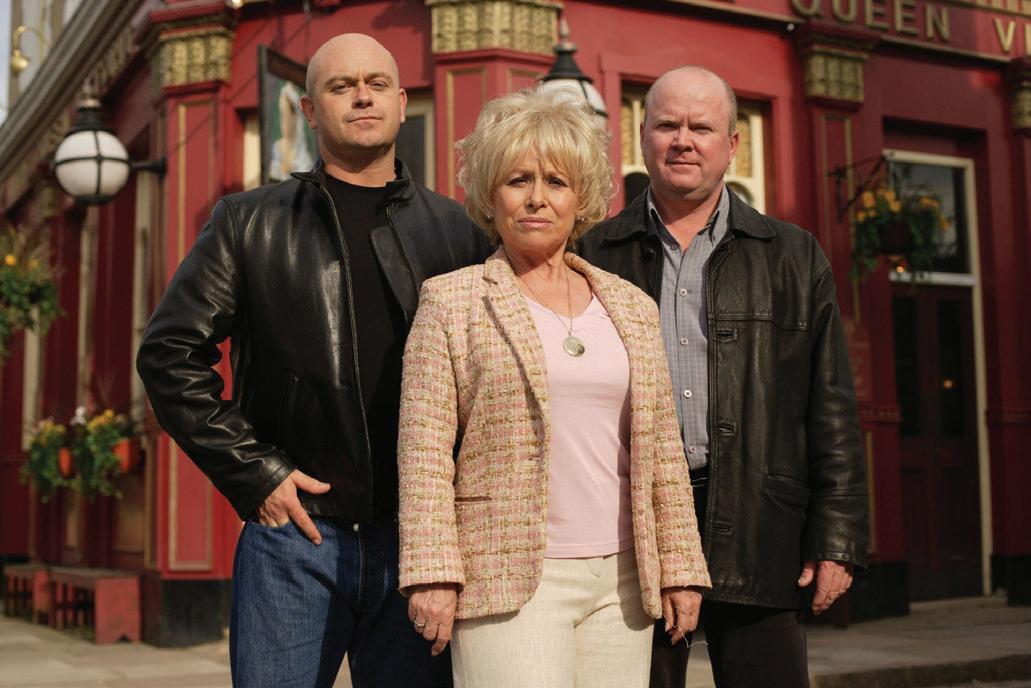
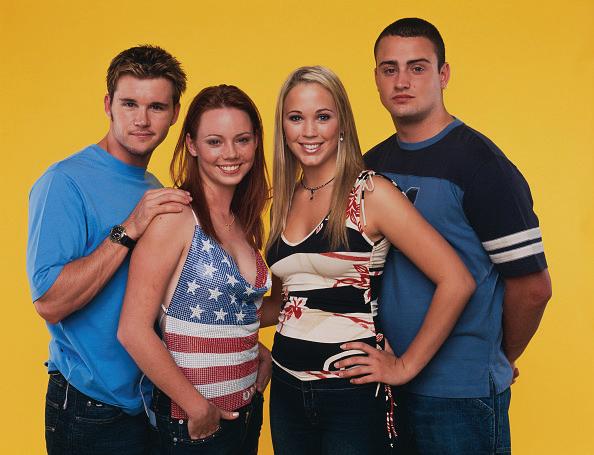
Fig. 1.12: Cast from the United Kingdom’s EastEnders Fig. 1.13: Characters from the Australian series Home and Away
South African teleserials combine some of the above-mentioned characters and have over the years incorporated racially diverse characters and situations. Examples of well-known South African soapies include 7de Laan, Isidingo and Generations.


Fig. 1.14: Cast from the popular South African soap opera Isidingo Fig. 1.15: Generations: the most watched South African soap opera
Soap operas are known to introduce previously unknown children, siblings and twins (including the evil variety) of established characters to storylines. Comical and atypical characters, who are usually very odd, sometimes appear in soap operas.
Physical action and stunts are not common in soap operas. Such events are referred to in dialogue but not shown due to various reasons. Soapies have tight recording schedules and there is not enoughtimetofilmcomplexactionsequences,performmultipletakesanddopost-production editing, as most soap operas shoot one episode per day. Instead, the storyline focuses on the characters’ reactions to a disastrous event, rather than showing the event itself. However, there are exceptions to this as viewers found out in the popular Days of Our Lives:
Returning home to Salem from a trip to Ireland, in 2008, residents unknowingly boarded John Black’s sabotaged jet. Bo Brady revealed that he had cancer. John was forced to pilot the failing plane because the pilots were drugged, and everyone debated how they would share the limited supply of oxygen. Most memorable moment: Grandpa Shawn Brady sacrificed his oxygen to save the life of his son, Bo. Grandpa Shawn took his last breath forever leaving a hole in the hearts of his loved ones and viewers.
Typical characters
Soapies feature various characters but rely heavily on stock characters. The audience knows exactly what to expect from these characters, which creates a safe and familiar space. The point of the stock character is to advance the plot by allowing the audience to already understand the character.
Astockcharacterisastereotypicalfictionalcharacter,distinguishedbytheirflatness.Theycan also be described as archetypal, average, or clichéd. Examples of stock characters include the troubled teen, the villain, the good guy, the Casanova, the wacky neighbour, the comical older person, the nerd or geek, the bookworm, the angry old man, the crazy professor, and many more.
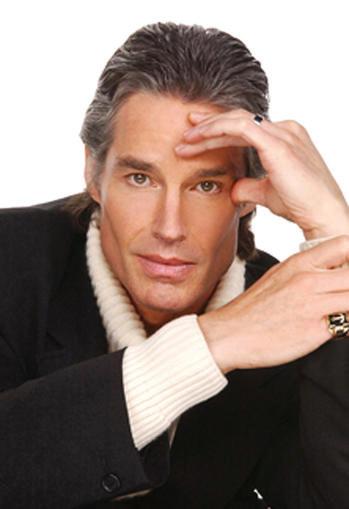
Fig. 1.16: Ridge Forrester, the Casanova character from The Bold and the Beautiful Fig. 1.17: Betty as the nerdy girl character from Ugly Betty
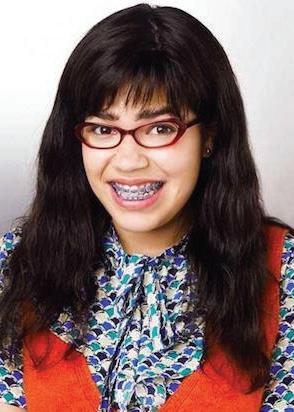
For the curious
Watch a few episodes of any South African soap opera or teleserial. Can you identify the stock- and stereotypical characters and scenarios? After identifying these characters, determine why and how they are used in the soapie.




